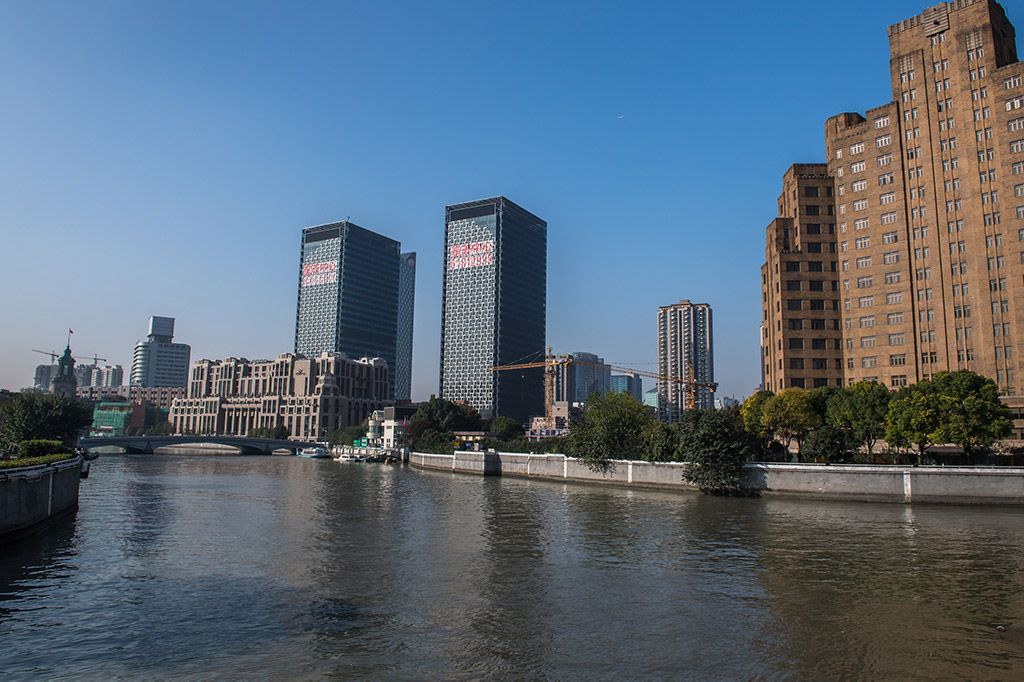People’s Republic of China – The expansive growth and urbanization in the Yangtze River Economic Belt (YREB) region has come with a hefty environmental cost. Pollution in the river has reached its highest levels—to the detriment of the river’s water quality and biodiversity and environmental and human health. This affects over 580 million people living along the YREB’s over 2 million square-kilometer (km 2) land area.
The impact of pollution worsens in the tributaries and smaller lakes off the main river, where higher concentrations of pollutants and even eutrophication can be found. The riverbank can also collapse and landslide may occur due to damming, flooding, land use changes, and deforestation.
To address these challenges, ADB is helping the government pursue green development through a $2.1 million transaction technical assistance (TA) facility—the Preparing Yangtze River Economic Belt Projects. This facility is a strategic framework that will help coordinate overlapping investment and TA projects. The scope includes, among others, improving water quality and adapting to climate-resilient water resource use.
The Water Financing Partnership Facility, through the Multidonor Trust Fund (with contributions from the governments of Australia, Austria, Spain, and Switzerland), has provided a $200,000 cofinancing to the TA facility. Two investment projects committed in 2020 benefitted from this assistance. These are the Anhui Huangshan Xin’an River Ecological Protection and Green Development Project, and the Henan Dengzhou Integrated River Restoration and Ecological Protection Project.
Two projects and a ripple effect
The Anhui Project, approved in 2019, will help clean up the Xin’an River, an independent river system in the YREB. Principal Water Resources Specialist for East Asia Mingyuan Fan, said: “Cleaning the Xin’an River today will improve public health and ensure a sustainable and reliable source of drinking water for years to come … Moreover, since the Xin’an River connects to Qiandao Lake and ultimately to the ocean, the impacts will ripple far beyond Anhui Province.”
Aside from cleaning up the Xin’an River, the project will upgrade the sewage and stormwater management facilities in the municipality of Huangshan and four adjacent county urban areas. To mitigate flooding, the project will build river embankments.
It will also pilot the use of green development funds to enable the local government to issue cash grants to farmers who have achieved pollution control targets through the adoption of sustainable farming practices.
The Dengzhou Project, also approved in 2019, is one of the first to address urban–rural water links under the country’s rural vitalization strategy. It will implement integrated water resources management, focusing on upstream and downstream linkages and urban-rural integration to restore the Tuan River. This project will install water supply, wastewater treatment, and solid waste management facilities in both urban and rural areas. It will also restore wetlands and demonstrate best practices in soil and water conservation by planting bushes and vegetation to reduce water pollution. Moreover, it will help improve the local government’s capacity to manage water resources through better research and development, real-time river health monitoring, and community-based watershed management.
A “green” Yangtze
The two investment projects are expected to contribute to the overall environmental targets of the YREB. Once done, the Dengzhou Project will rehabilitate 3.7 km of the Tuan River with eco-friendly riverbank protection measures. Additionally, it will construct wastewater treatment plants with a total capacity of 33,500 cubic meters per day and 25.82 km of wastewater collection networks, among others. The Anhui project, once it completes improvements along the Xin’an River, will provide 95% of the urban population access to wastewater treatment services.
These projects under the TA facility demonstrate the importance of recognizing the link and interdependency of urban and rural areas through rivers, land and water use, and sources of pollution. Overall, they will lead to implementing basin-level interventions, addressing water resource management challenges, and enhancing climate resilience of cities and communities. The larger goal is to eventually replicate successes in other areas located in the YREB.





